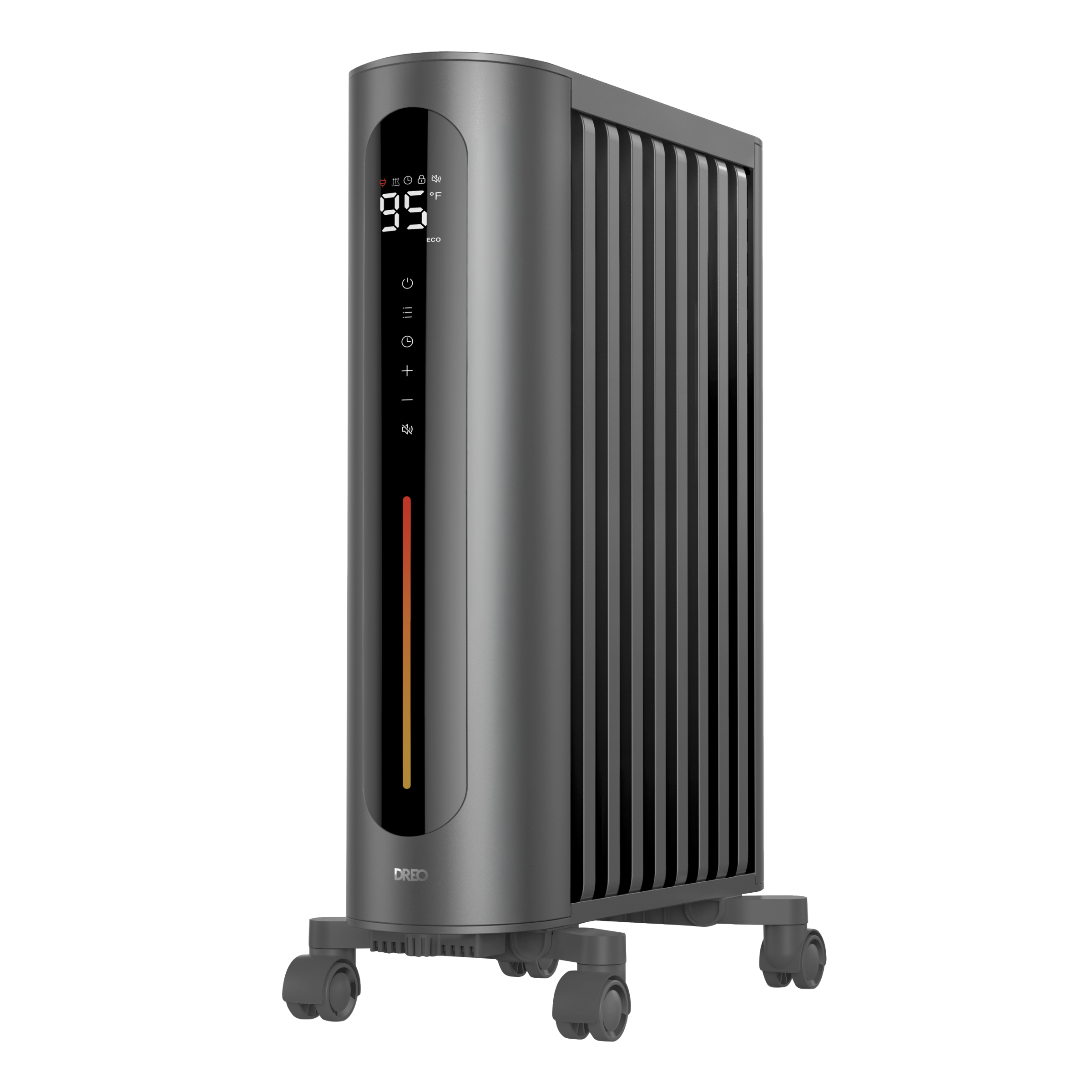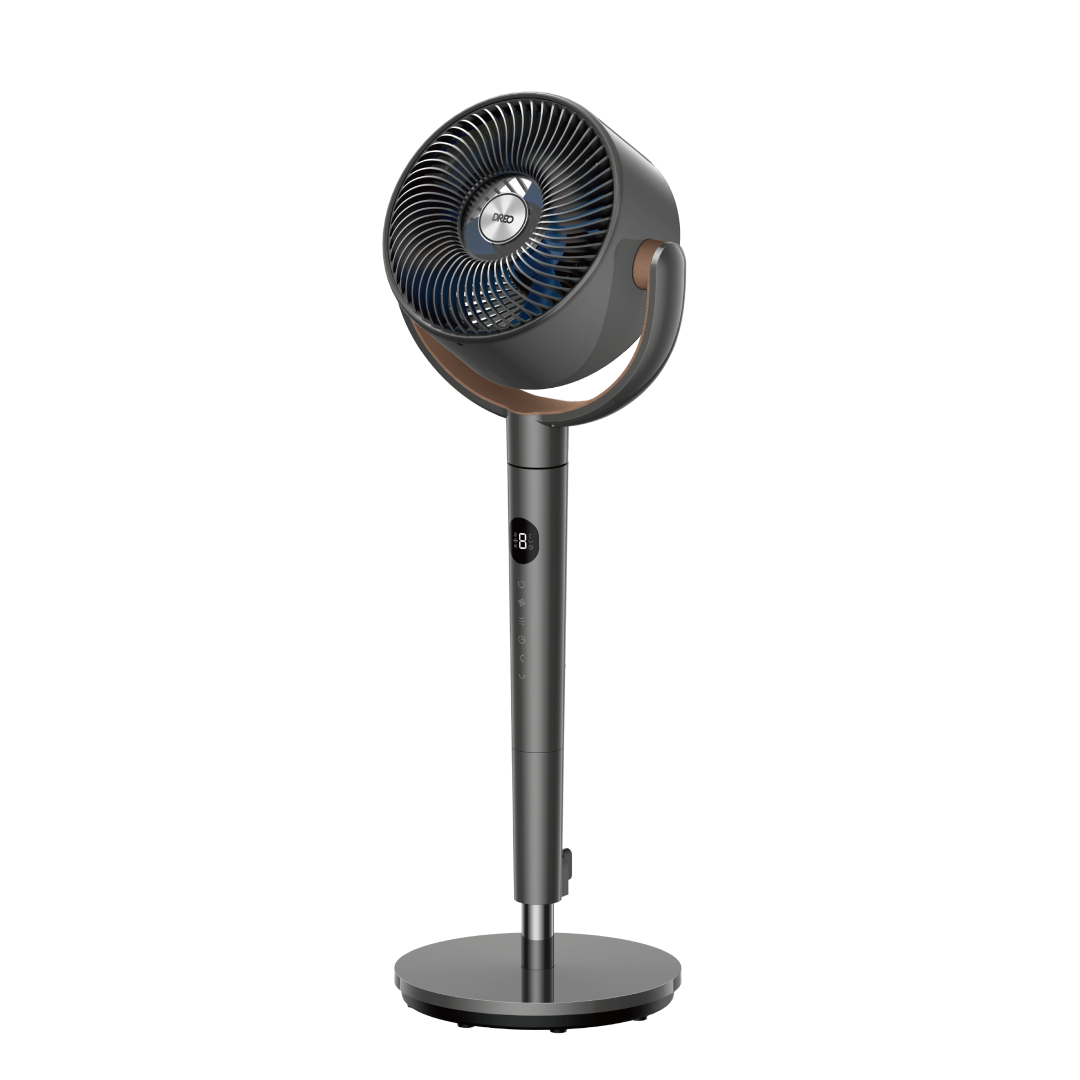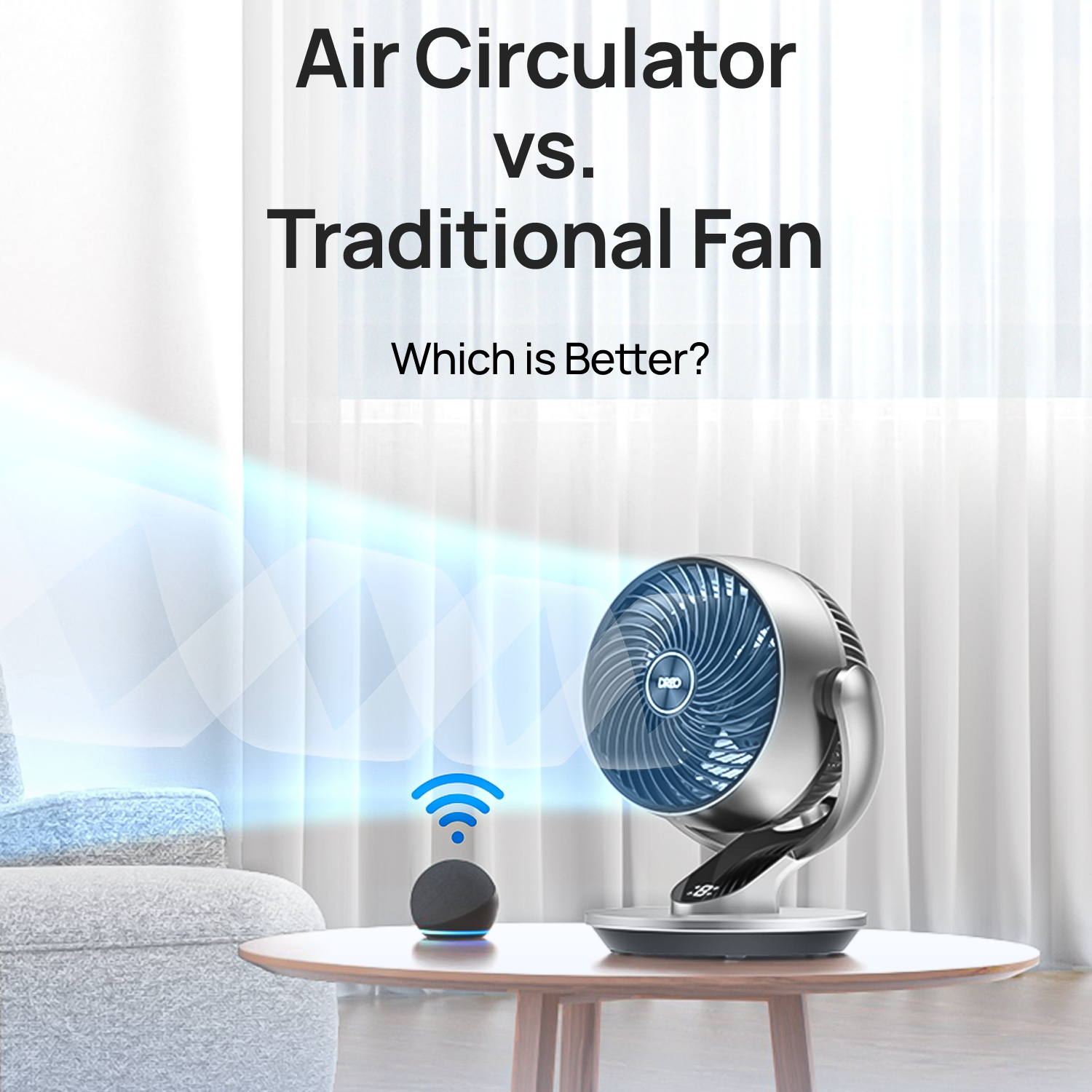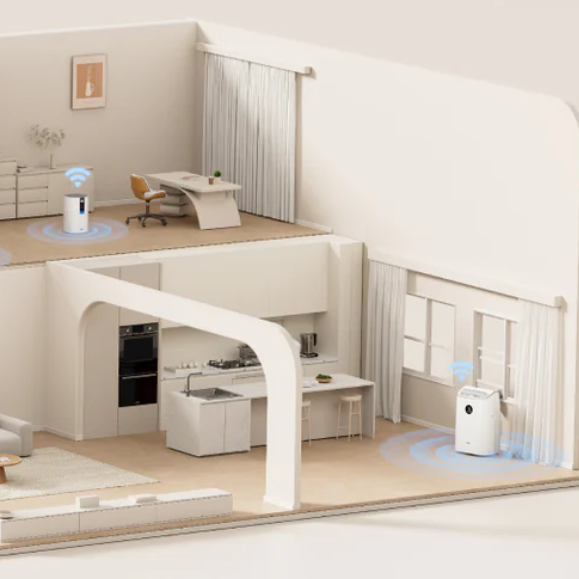As the temperatures rise, many people turn to portable air conditioners to stay cool and comfortable. These devices are compact, convenient, and allow for cooling without the need for permanent installation. However, one common concern is how portable air conditioners handle condensation, especially if they need to be drained regularly. Let's take a closer look at how portable ACs manage moisture and the different types of drainage systems available.
How Do Portable Air Conditioners Handle Condensation?
Portable air conditioners work by pulling warm air from the room, cooling it, and then expelling the heat outside. During this process, they also remove moisture from the air, which condenses into water. This water has to go somewhere—otherwise, it could accumulate inside the unit and impact performance. The way condensation is managed depends on the drainage system of the portable air conditioner.
Traditional vs. Advanced Drainage Systems
Traditional Systems - Manual Draining
Older portable air conditioners rely on a built-in water tank where condensation collects and must be emptied periodically. In humid environments, this might require draining the tank multiple times a day, which can be inconvenient.
While some traditional models offer a basic drain plug that allows users to empty water more easily, it still requires regular monitoring. This setup can be inconvenient, especially for those looking for a more hands-off cooling experience.
Advanced Systems: Self-evaporating and Continuous Drainage
Unlike older models that demand constant attention, modern units like the
DREO AC515S/AC516S are designed for hassle-free operation. Under normal conditions (RH below 90%), these units automatically expel condensation through the exhaust hose, eliminating the need for manual drainage. This means you won’t have to deal with frequent water buildup unless humidity levels are extremely high.
In such cases, the unit also supports continuous drainage, providing an effortless solution for maintaining optimal performance. With this technology, you can enjoy cool air without the constant worry of water maintenance.
Tips for Maintaining Your Portable Air Conditioner
Knowing how the drainage system works is the first step. The next step is maintaining it properly. With the right care, you can avoid constant draining or water leaks and keep everything running smoothly. Here are some simple tips to keep the unit in top shape.
Clean the Filter Regularly
A clean filter is crucial for proper airflow and preventing dirt and moisture buildup. A clogged filter restricts airflow, making the unit work harder and leading to more condensation. Cleaning the filter every two months ensures efficient performance and better moisture management.
Monitor the Water Tank
Even with self-evaporating systems, it's important to check the water tank regularly. In humid conditions, condensation can build up faster than the system can handle, requiring manual drainage. If your unit supports continuous drainage, ensure the hose is properly connected to prevent water buildup.
However, with
DREO ACs, this step is eliminated due to the drainage-free system, which means you don’t need to worry about manually draining the water tank or connecting hoses. The system efficiently handles moisture, giving you a hassle-free experience and uninterrupted cooling.
Keep the Exhaust Hose Clear
The exhaust hose expels hot air and helps reduce moisture buildup. If it's blocked or kinked, condensation can accumulate inside the unit. Ensure the hose is clear and properly directed outside to maintain airflow and prevent excess moisture.
Ensure Proper Placement
The way you place your air conditioner affects how it handles condensation. Make sure it’s on a level surface with enough space around it for airflow. For models like the
DREO AC515S/AC516S, which work well with both hung and sliding windows, the easy setup helps keep everything running smoothly and reduces the need for constant draining.
Inspect for Leaks or Moisture Buildup
Even with a self-evaporating unit, it's smart to check for leaks or excess moisture around the air conditioner. This could indicate a drainage issue or higher humidity levels. Regular checks help prevent water damage and keep the unit running smoothly.
Store It Correctly During the Off-Season
If you're not using your portable air conditioner during cooler months, clean it, empty the water tank, and store it in a dry place to prevent mold or mildew buildup from trapped moisture.
Final Takeaway
When it comes to portable air conditioners, drainage shouldn’t be a hassle —comfort and cool air should be the focus. Ready for that perfect cooling comfort? A
DREO portable AC makes it effortless.

















































